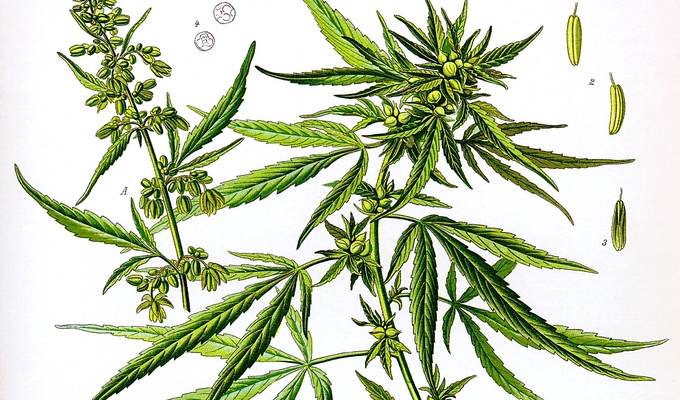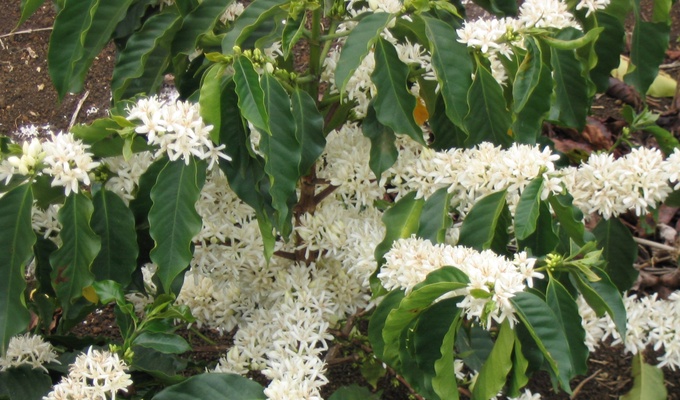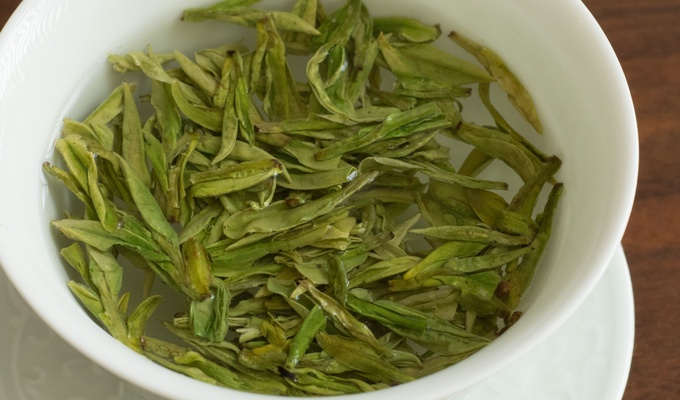Psychoactive plants are plants, or preparations thereof, that upon ingestion induce psychotropic effects. As stated in a reference work:
Psychoactivity may include sedative, stimulant, euphoric, deliriant, and hallucinogenic effects.
Several hundred psychoactive plants are known. Some popular examples of psychoactive plants include Coffea arabica (coffee), Camellia sinensis (tea), Nicotiana tabacum (tobacco), and Cannabis (including hashish).
Psychoactive plants have been used ritually (e.g., peyote as an entheogen), medicinally (e.g., opium as an analgesic), and therapeutically (e.g., cannabis as a drug) for thousands of years. Hence, the sociocultural and economic significance of psychoactive plants is enormous.




